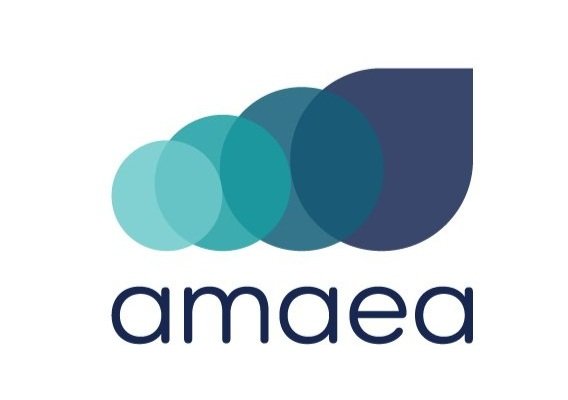Additive-free fining strikes the balance for low and no alcohol wines
Low-alcohol and non-alcohol wine products are growing by 20.7% a year (CAGR) globally [1]. Reasons for this rise include healthier lifestyle aspirations of consumers, and a broad range of higher quality products coming into the market.
A challenge for non-alcoholic beverage producers is that when you remove alcohol, you dramatically change the aroma, flavor and mouthfeel of a wine. Alcohol content has a large impact on sensations of aromas, sweetness, structure and mouthfeel [2]. The alcohol in wine can accentuate flavors and helps facilitate the lingering effects of some aromatics after a wine is swallowed. It also impacts the grip of astringency and intensity of tannin structure in a wine.
To replace the sweetness, winemakers typically use grape juice concentrate or sugar alternatives. To balance the mouthfeel, the winemaker may want to adjust the tannin structure using polyphenol binding additives. This is typically addressed with fining agents such as PVPP or gelatin, that bind up the polyphenols and are later filtered out and disposed of. This contributes to wine loss for the producer and generates a waste stream with some additional costs.
Recently, amaea have been demonstrating wine treatments with their reusable molecular filtration technology to replace typical methods with a targeted polyphenol removal process. Able to treat tens of thousands of liters of wine per day, the molecularly imprinted polymers (MIPs) are a filtration media that does not require days of contact time, like fining agents, so the process is more predictable and efficient, with less setup time or product loss.
Operational comparison chart
Above: Example comparison chart for using gelatin versus amaea PF treatment for palate fining of 30,000L of merlot wine. The lack of extra setup and contact time means producers can plan a treatment and achieve results, tank-side, more predictably.
Giesen Group, an award-winning producer of New Zealand wines, are continually on the lookout for innovative technologies designed to improve production methodologies. Recognizing the operational fit of amaea’s solutions, Giesen applied the system to address tannin imbalances in their non-alcoholic Hawkes Bay Merlot with notable success.
“Traditional fining methods are multi-step, requiring time for agents to settle and time for us to rack off lees. By using amaea PF these steps were no longer required, and we also removed the need to use additional tanks,” said Director of Winemaking at Giesen Group, Duncan Shouler.
“Any time savings that can be achieved are always desired in winemaking, especially for tighter bottling schedules. As the system is scaled, I see the potential to also mitigate yield loss and reduce our carbon footprint.”
The opportunity for low and non-alcoholic wines is on the rise and as wineries look to diversify their product portfolio into this space, there is opportunity for exploring new technologies to optimize product quality and deliver process improvements that can be applied across the production floor.
amaea’s technology is proving to be a disrupter in this space and with its ability to balance wine’s tannin structure using a low-impact production system, it is no wonder organizations, like Giesen’s are readily looking to how it can be applied, not only in their non-alcoholic wines but other products in their portfolio.
Author: Torey Arvik, VP of Applied Research
References:
https://www.linkedin.com/pulse/non-alcoholic-wine-market-evolution-anticipated-rise-usd-0jt9e/
Am J Enol Vitic. 2017 : ajev.2017.16076 ; DOI: 10.5344/ajev.2017.16076


